Southern France is the country’s great wine powerhouse, a sun-soaked stretch of land where grapevines have flourished for over two millennia. Along this wide swathe of Mediterranean coast, Languedoc and Provence sit side by side. Though they share a long viticultural heritage and produce many of the same grapes, they diverge markedly in style, scale, and spirit. Their stories reveal two distinct visions of southern French wine today.
Shared Mediterranean Roots
Winegrowing in both Provence and Languedoc traces back to the 6th century B.C., when Greek settlers arrived in Marseille and began cultivating vines. These early wines were light in colour, precursors to today’s rosés, as grape maceration practices were still rudimentary. Later, Roman rule brought greater technical expertise and winegrowing expansion across the broader “Provincia Romana” from which Provence takes its name.
Today, both regions benefit from a classic Mediterranean climate: long, hot, dry summers; mild winters; and an abundance of sunshine. Wind systems like the tramontane and mistral sweep the vineyards, naturally reducing disease pressure and supporting organic farming. This sunny, breezy setting allows for excellent grape ripening and consistent quality from vintage to vintage. Sun-loving grapes like Grenache, Syrah, Mourvèdre, Carignan, and Cinsault thrive here.
Languedoc: France’s Quiet Giant
Stretching from the Spanish border to the outskirts of Provence, the Languedoc is France’s largest wine-producing region by area. It’s also the biggest contributor to the country’s origin-protected (AOC and IGP) wines—meaning wines made from designated geographic areas with regulated grape varieties and production methods. This system helps preserve regional identity and maintain quality standards.
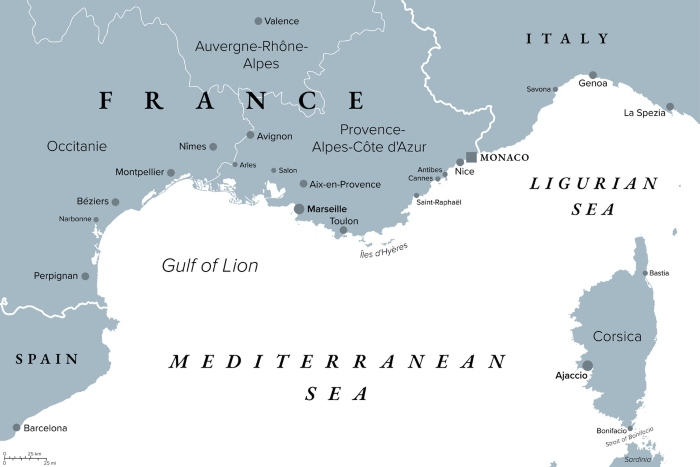
The Languedoc’s scale allows for enormous diversity in both terroir and wine styles. Vineyards range from coastal plains to foothills and mountains, with soils of limestone, schist, shale, and gravel. This varied terrain supports everything from crisp Picpoul de Pinet whites, to rich red blends from Minervois and Corbières, to sparkling wines in Limoux.
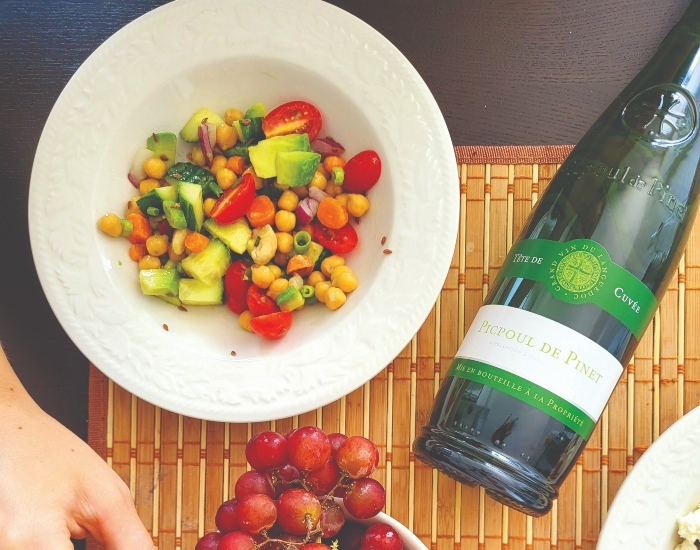
Much of the production falls under the IGP Pays d’Oc category, which spans a whopping 120 000 hectares and allows for a wide array of grape varieties and winemaking styles. These wines are typically fruit-forward and accessible, often made for early drinking. Meanwhile, the region’s top-tier AOC wines—from crus like La Clape, Pic Saint Loup, and Terrasses du Larzac—offer greater concentration and ageing potential.
The Rosé Wines of Provence
Provence, by contrast, has built its name around one wine style: pale, dry rosé. While reds and whites are produced here, rosé accounts for over 85 percent of output. These wines have become synonymous with the relaxed glamour of Mediterranean life — poolside soirées in Saint-Tropez, yacht decks off Cannes, and beach parties from Nice to the Hamptons. Celebrities, fashion houses, and luxury brands have helped elevate Provence rosé to icon status, but its appeal is grounded in centuries-old tradition and winemaking savoir-faire.
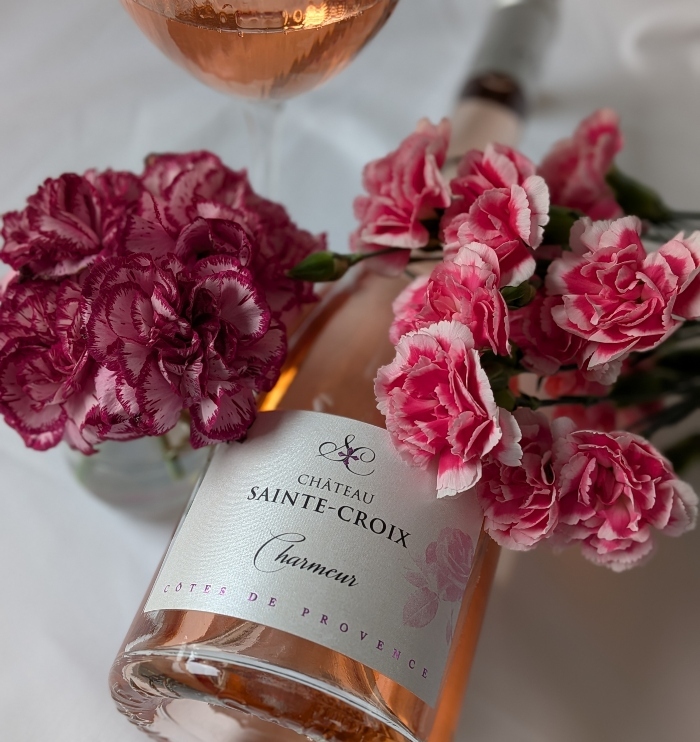
Provence’s vineyard area is compact and relatively unified in focus. Stretching across rolling hills and lavender fields, its terroir is shaped by limestone, schist, and sandstone soils. The best rosés come from the region’s AOC zones like Côtes de Provence, Coteaux d’Aix-en-Provence, Coteaux Varois en Provence, and smaller crus such as Sainte-Victoire and Fréjus. Provence rosé is made primarily from Grenache, Cinsault, Syrah, and Mourvèdre. Grapes are harvested early to preserve acidity, then gently pressed or macerated briefly to extract their signature pale pink hue. Fermentation at cool temperatures helps retain delicate fruit and floral aromas.
While rosé dominates, Provence also produces other distinctive wine styles. The Bandol appellation, perched above the Mediterranean, is renowned for powerful, age-worthy reds made mainly from Mourvèdre, as well as structured, gastronomic rosés. Cassis and Bellet are two coastal enclaves known for elegant whites with fresh, mineral-driven profiles. They are perfect partners to the region’s seafood-rich cuisine. These wines, though produced in smaller volumes, offer a more complex and traditional counterpoint to Provence’s popular pink exports.
Food Pairings from Land and Sea
Provence rosé shines with a wide range of foods. Classic pairings include grilled shrimp, salade niçoise, or Provençal vegetable tarts. Its light body, savoury edge, and citrussy lift also make it ideal for sushi, Mediterranean mezze, or a summer picnic spread.
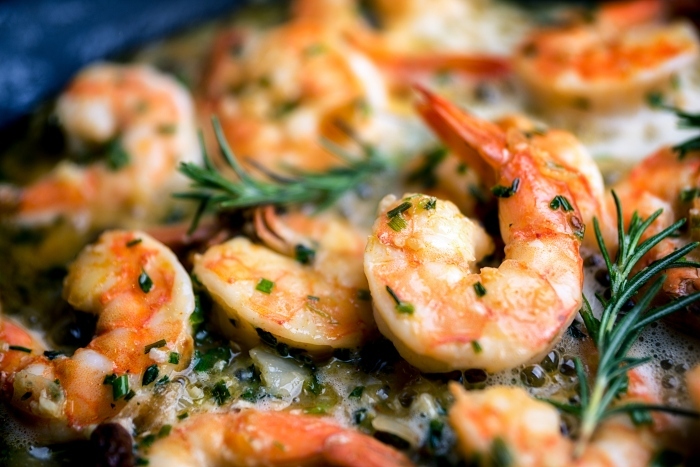
Languedoc reds, particularly those based on Syrah and Mourvèdre, are bold and structured, pairing beautifully with grilled lamb, cassoulet, or hearty stews. The region’s whites, made from Grenache Blanc, Picpoul, or Roussanne, can bring zesty freshness or creamy weight, both perfect, albeit contrasting accompaniments to seafood, roast chicken, or cheese platters.
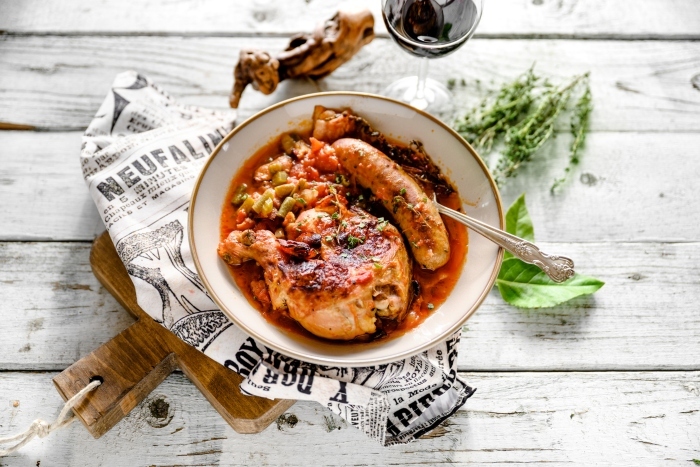

Jacky Blisson MW is an independent wine educator, writer, and consultant with over two decades of experience in all facets of the global wine trade. She is the first Master of Wine in Québec and one of only ten across Canada.



